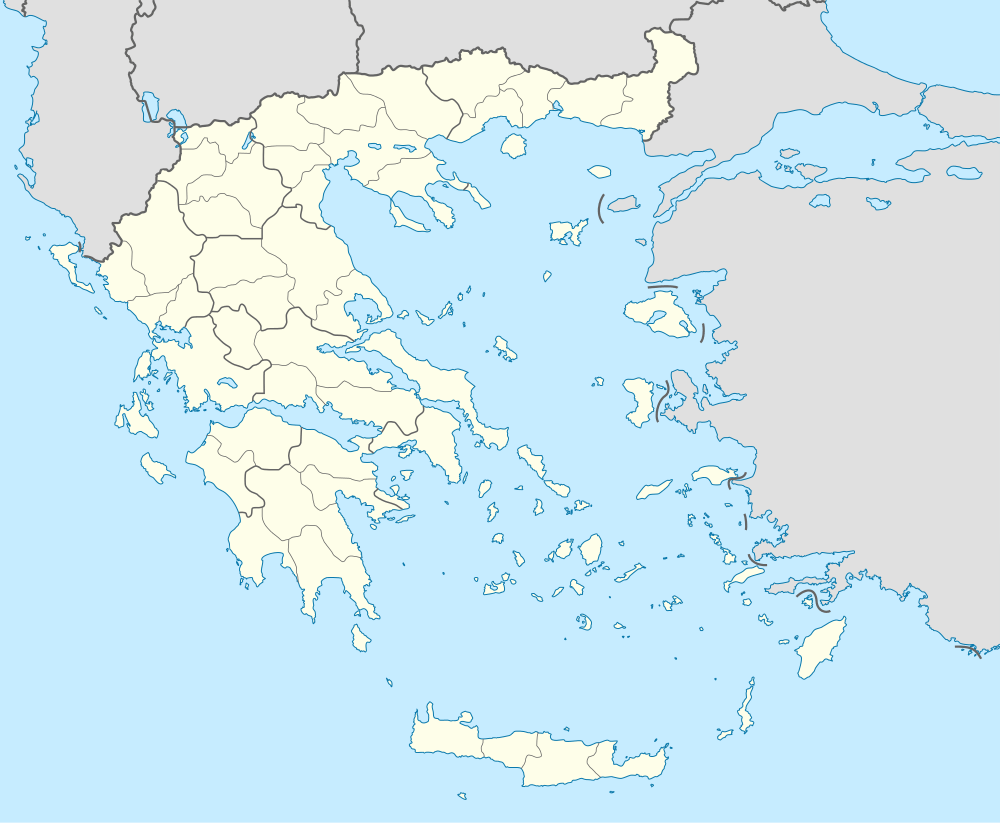Larymna
| Larymna Λάρυμνα | |
|---|---|
|
Ancient wall in Larymna | |
 Larymna | |
| Coordinates: 38°34′N 23°17′E / 38.567°N 23.283°ECoordinates: 38°34′N 23°17′E / 38.567°N 23.283°E | |
| Country | Greece |
| Administrative region | Central Greece |
| Regional unit | Phthiotis |
| Municipality | Lokroi |
| Municipal unit | Opountia |
| Elevation | 5 m (16 ft) |
| Community[1] | |
| • Population | 1,278 (2011) |
| Time zone | EET (UTC+2) |
| • Summer (DST) | EEST (UTC+3) |
| Vehicle registration | ΜΙ |
Larymna (Greek: Λάρυμνα) is a port town in Phthiotis, Greece. It is situated on the North Euboean Gulf. Since the 2011 local government reform, it is a part of the municipality Lokroi, of which it is a community.[2] Larymna took its name from the ancient Boeotian port town Larymna, which was situated at the same place.[3]
History
Larymna was ancient Locrian city. The city had been also existed a harbour of Thebes, where Thebes was in apogee, during 4th century B.C.. The modern years, Larymna was a small village known also with the name Kastri. The name Kastri derives from the well-kept ancient wall in the coast. Larymna developed after the foundation of mining and metallurgical industry LARCO, opposite Larymna's port.
Historical population
| Census | Settlement | Community |
|---|---|---|
| 1991 | 842 | |
| 2001 | 1,087 | 1,495 |
| 2011 | 883 | 1,278 |
References
- ↑ "Απογραφή Πληθυσμού - Κατοικιών 2011. ΜΟΝΙΜΟΣ Πληθυσμός" (in Greek). Hellenic Statistical Authority.
- ↑ Kallikratis law Greece Ministry of Interior (Greek)
- ↑
 Smith, William, ed. (1854–1857). "Larymna". Dictionary of Greek and Roman Geography. London: John Murray.
Smith, William, ed. (1854–1857). "Larymna". Dictionary of Greek and Roman Geography. London: John Murray.
This article is issued from Wikipedia - version of the 1/24/2016. The text is available under the Creative Commons Attribution/Share Alike but additional terms may apply for the media files.
